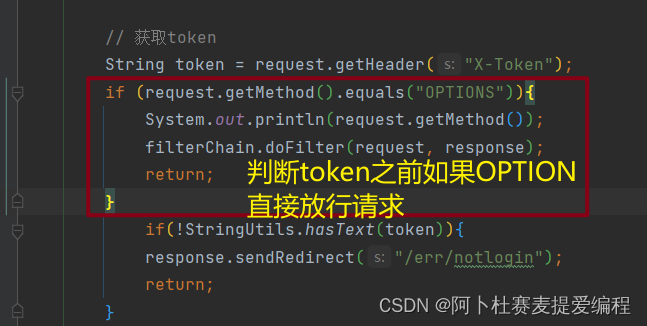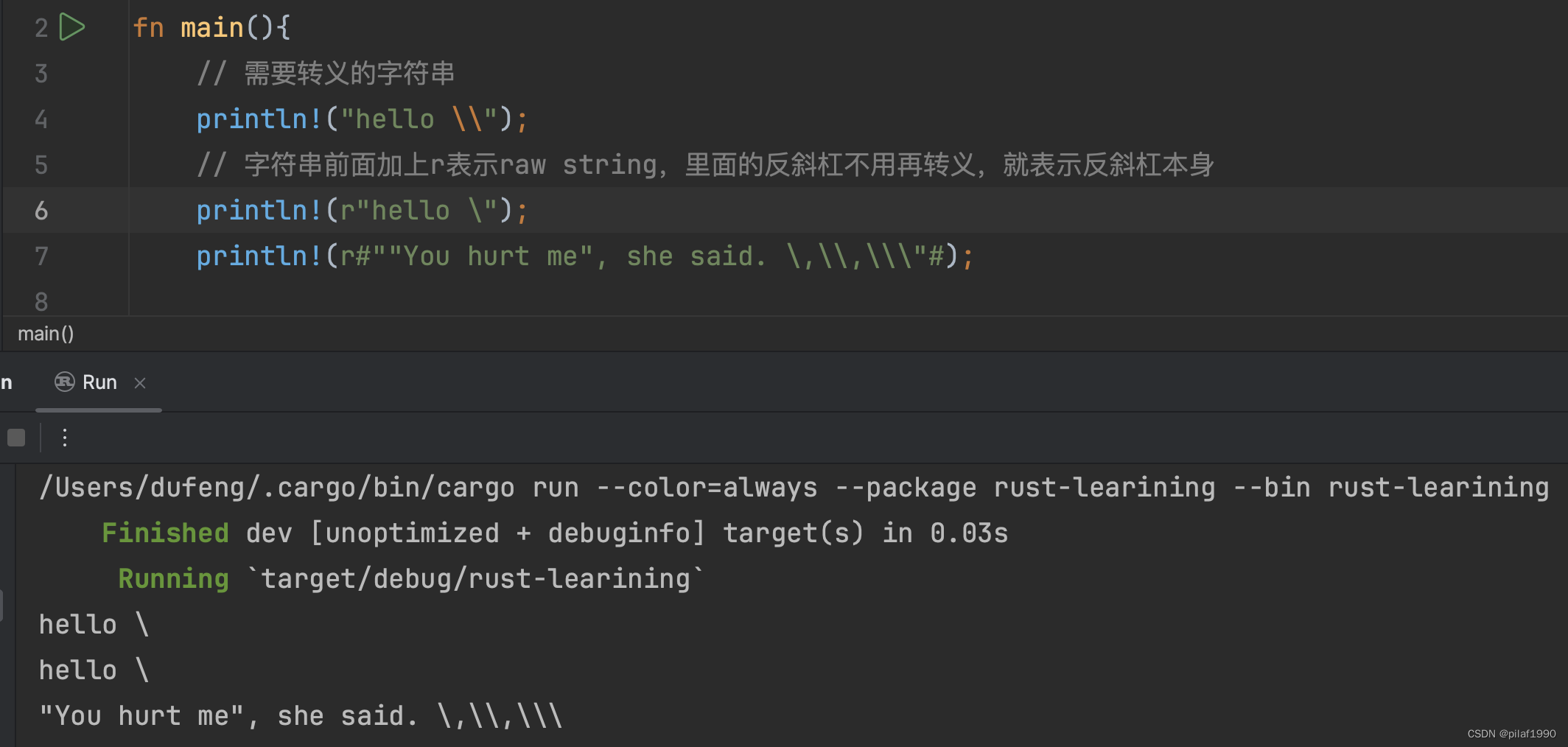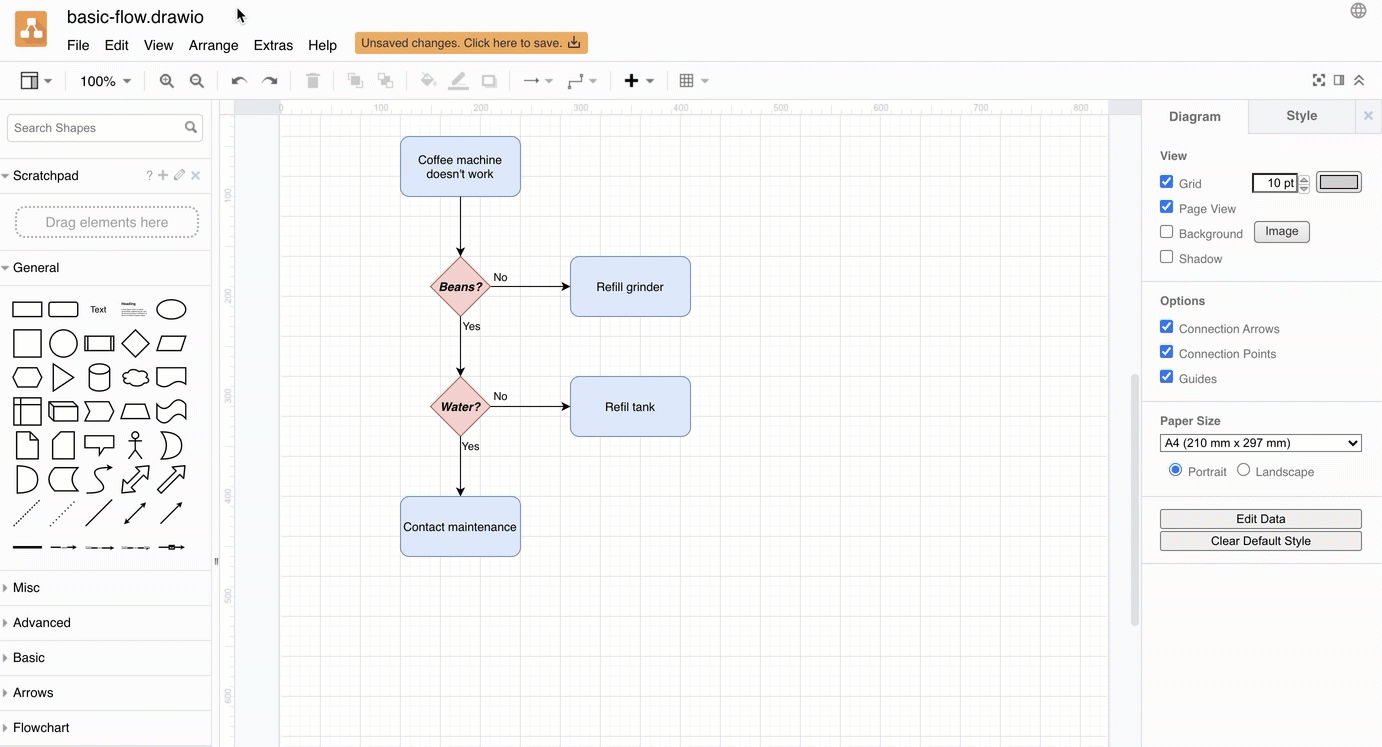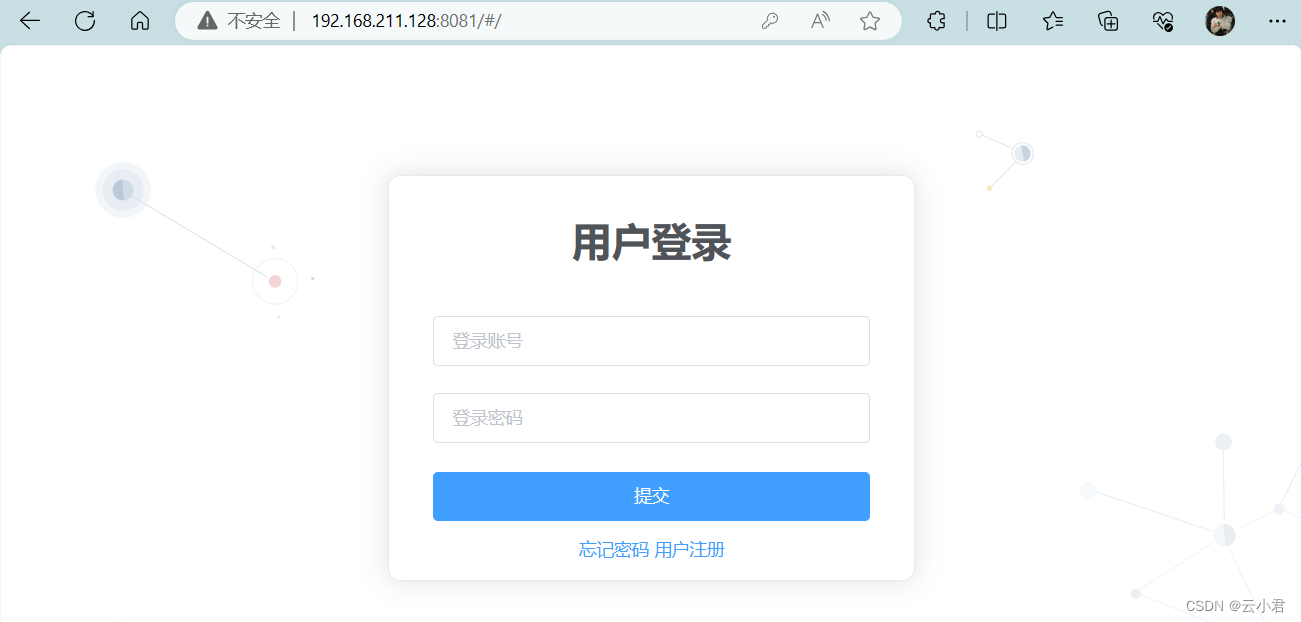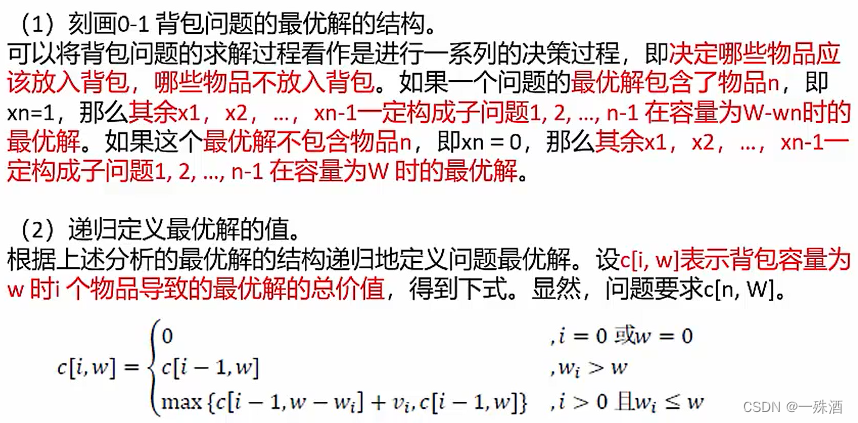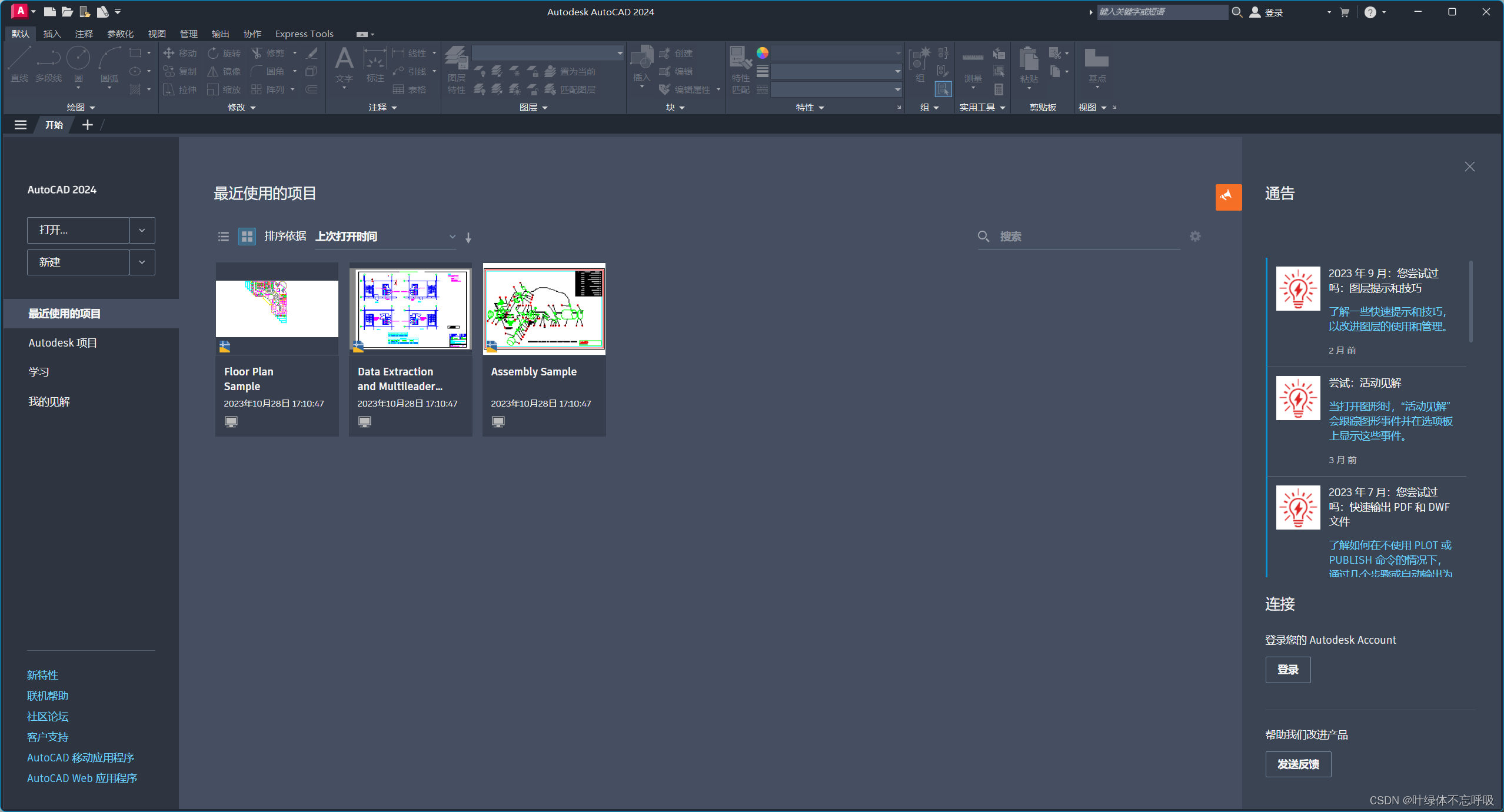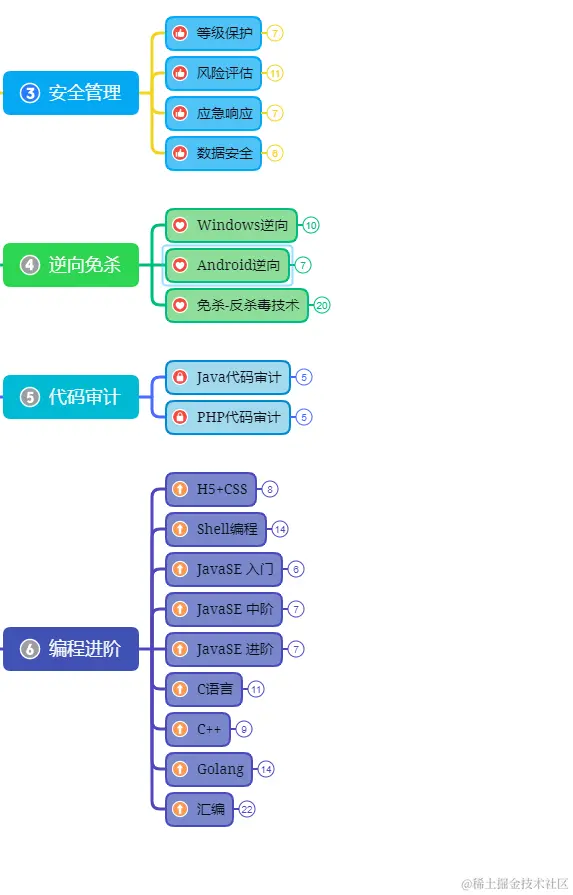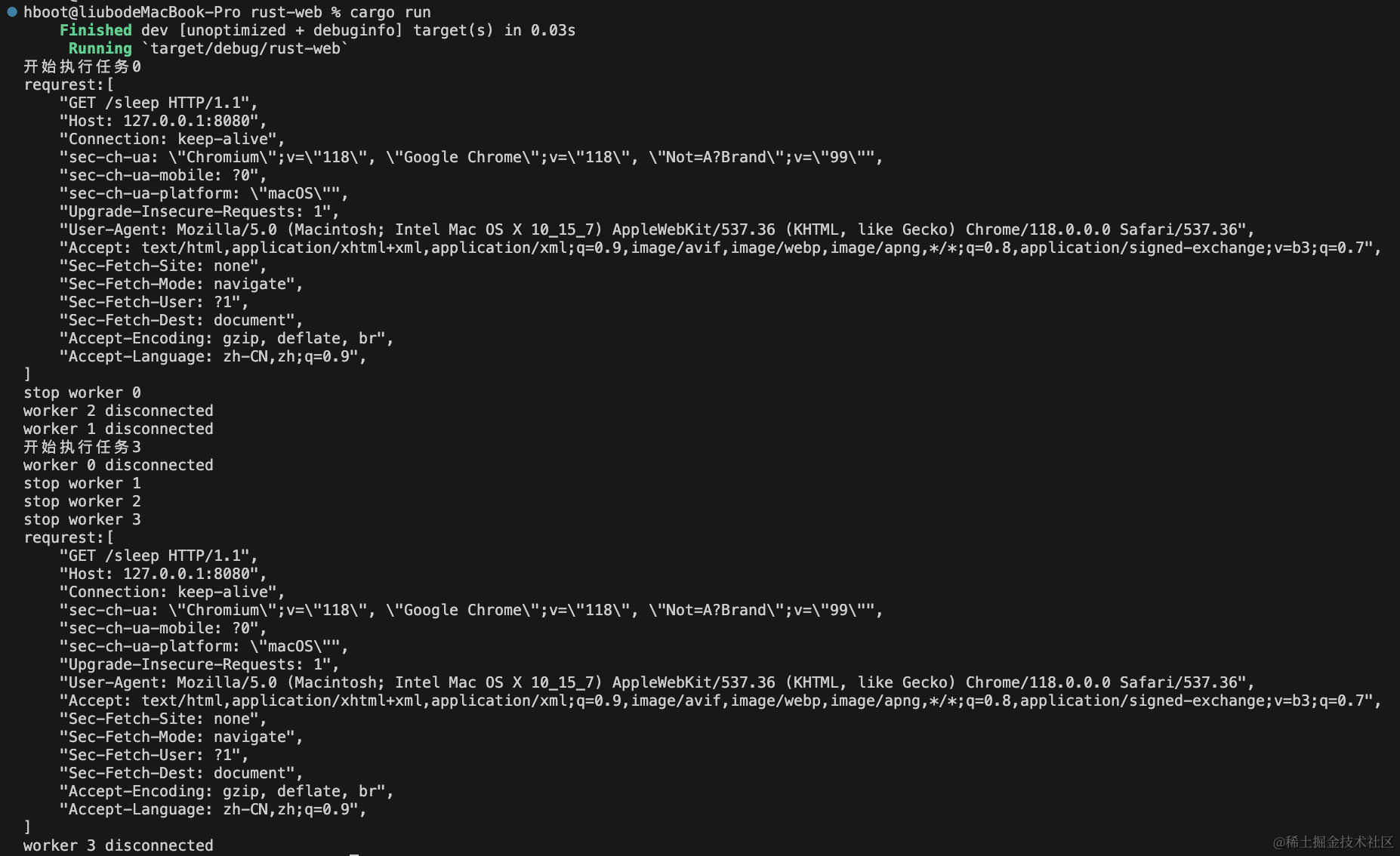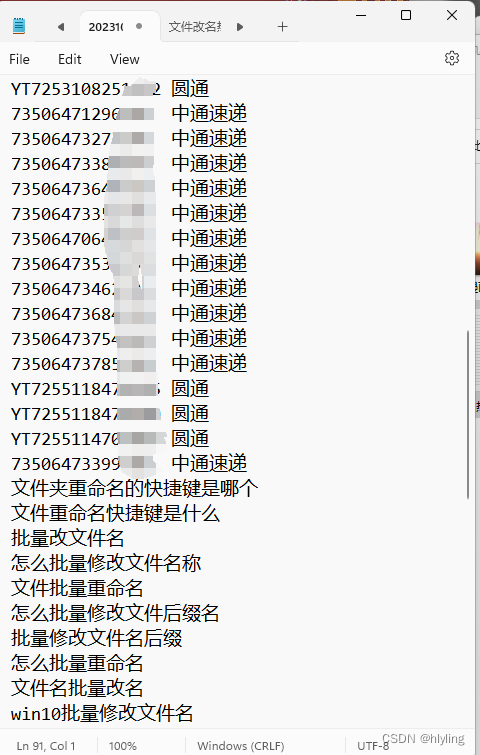useId()
在组件的顶层调用 useId 生成唯一 ID:
import { useId } from 'react';
function PasswordField() {
const passwordHintId = useId();
// ...
参数
useId 不带任何参数。
返回值
useId 返回一个唯一的字符串 ID,与此特定组件中的 useId 调用相关联。
注意事项
useId是一个 Hook,因此你只能 在组件的顶层 或自己的 Hook 中调用它。你不能在内部循环或条件判断中调用它。如果需要,可以提取一个新组件并将 state 移到该组件中。useId不应该被用来生成列表中的 key。key 应该由你的数据生成。
用法
为无障碍属性生成唯一 ID
在组件的顶层调用 useId 生成唯一 ID:
import { useId } from 'react';
function PasswordField() {
const passwordHintId = useId();
// ...
你可以将 生成的 ID 传递给不同的属性:
<>
<input type="password" aria-describedby={passwordHintId} />
<p id={passwordHintId}>
</>
让我们通过一个例子,看看这个什么时候有用。
如 aria-describedby 这样的 HTML 无障碍属性 允许你指定两个标签之间的关系。例如,你可以指定一个元素(比如输入框)由另一个元素(比如段落)描述。
在常规的 HTML 中,你会这样写:
<label>
密码:
<input
type="password"
aria-describedby="password-hint"
/>
</label>
<p id="password-hint">
密码应该包含至少 18 个字符
</p>
然而,在 React 中直接编写 ID 并不是一个好的习惯。一个组件可能会在页面上渲染多次,但是 ID 必须是唯一的!不要使用自己编写的 ID,而是使用 useId 生成唯一的 ID。
import { useId } from 'react';
function PasswordField() {
const passwordHintId = useId();
return (
<>
<label>
密码:
<input
type="password"
aria-describedby={passwordHintId}
/>
</label>
<p id={passwordHintId}>
密码应该包含至少 18 个字符
</p>
</>
);
}
现在,即使 PasswordField 多次出现在屏幕上,生成的 ID 并不会冲突。
import { useId } from 'react';
function PasswordField() {
const passwordHintId = useId();
return (
<>
<label>
密码:
<input
type="password"
aria-describedby={passwordHintId}
/>
</label>
<p id={passwordHintId}>
密码应该包含至少 18 个字符
</p>
</>
);
}
export default function App() {
return (
<>
<h2>输入密码</h2>
<PasswordField />
<h2>验证密码</h2>
<PasswordField />
</>
);
}
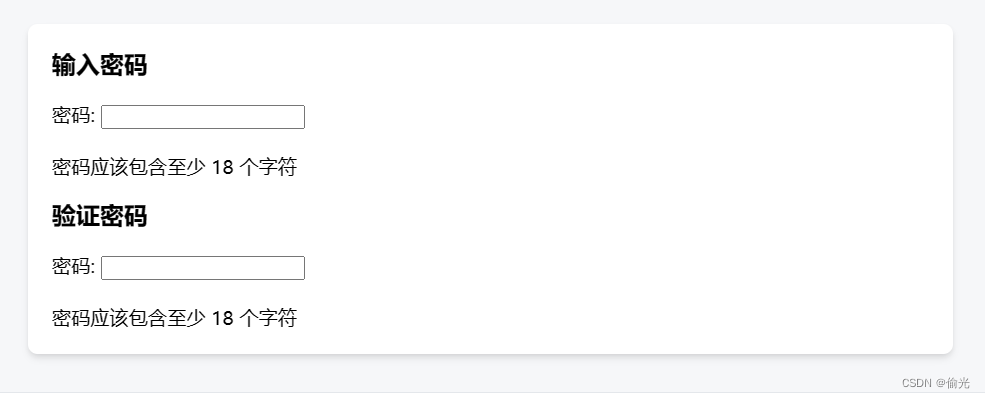
为多个相关元素生成 ID
如果你需要为多个相关元素生成 ID,可以调用 useId 来为它们生成共同的前缀:
import { useId } from 'react';
export default function Form() {
const id = useId();
return (
<form>
<label htmlFor={id + '-firstName'}>名字:</label>
<input id={id + '-firstName'} type="text" />
<hr />
<label htmlFor={id + '-lastName'}>姓氏:</label>
<input id={id + '-lastName'} type="text" />
</form>
);
}
可以使你避免为每个需要唯一 ID 的元素调用 useId。
为所有生成的 ID 指定共享前缀
如果你在单个页面上渲染多个独立的 React 应用程序,请在 createRoot 或 hydrateRoot 调用中将 identifierPrefix 作为选项传递。这确保了由两个不同应用程序生成的 ID 永远不会冲突,因为使用 useId 生成的每个 ID 都将以你指定的不同前缀开头。
index.html
<!DOCTYPE html>
<html>
<head><title>My app</title></head>
<body>
<div id="root1"></div>
<div id="root2"></div>
</body>
</html>
App.js
import { useId } from 'react';
function PasswordField() {
const passwordHintId = useId();
console.log('生成的 ID:', passwordHintId)
return (
<>
<label>
密码:
<input
type="password"
aria-describedby={passwordHintId}
/>
</label>
<p id={passwordHintId}>
密码应该包含至少 18 个字符
</p>
</>
);
}
export default function App() {
return (
<>
<h2>输入密码</h2>
<PasswordField />
</>
);
}
index.js
import { createRoot } from 'react-dom/client';
import App from './App.js';
import './styles.css';
const root1 = createRoot(document.getElementById('root1'), {
identifierPrefix: 'my-first-app-'
});
root1.render(<App />);
const root2 = createRoot(document.getElementById('root2'), {
identifierPrefix: 'my-second-app-'
});
root2.render(<App />);
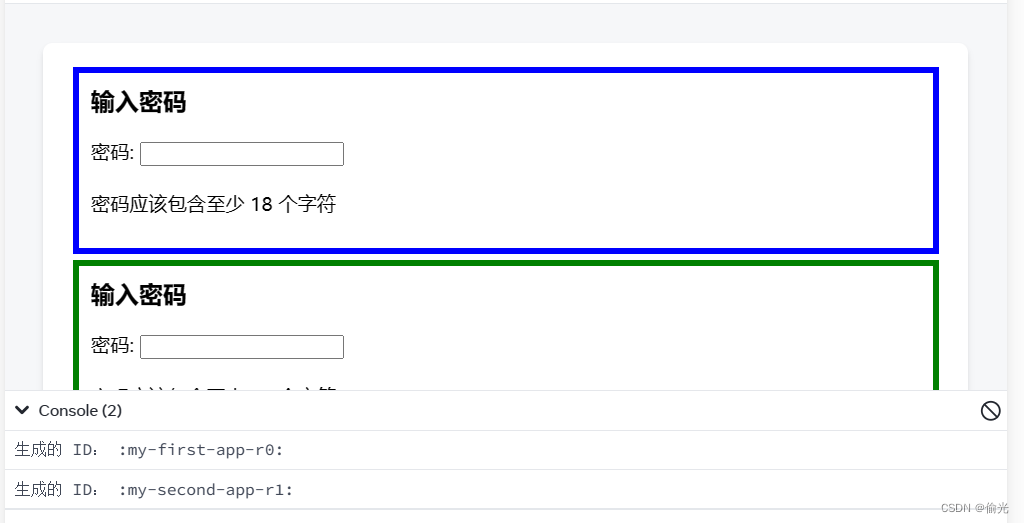
useId – React 中文文档 (docschina.org)


